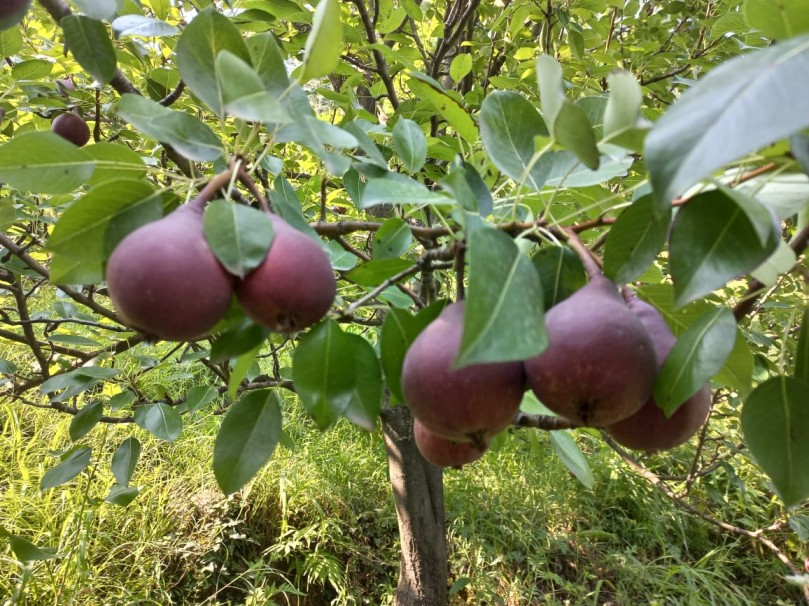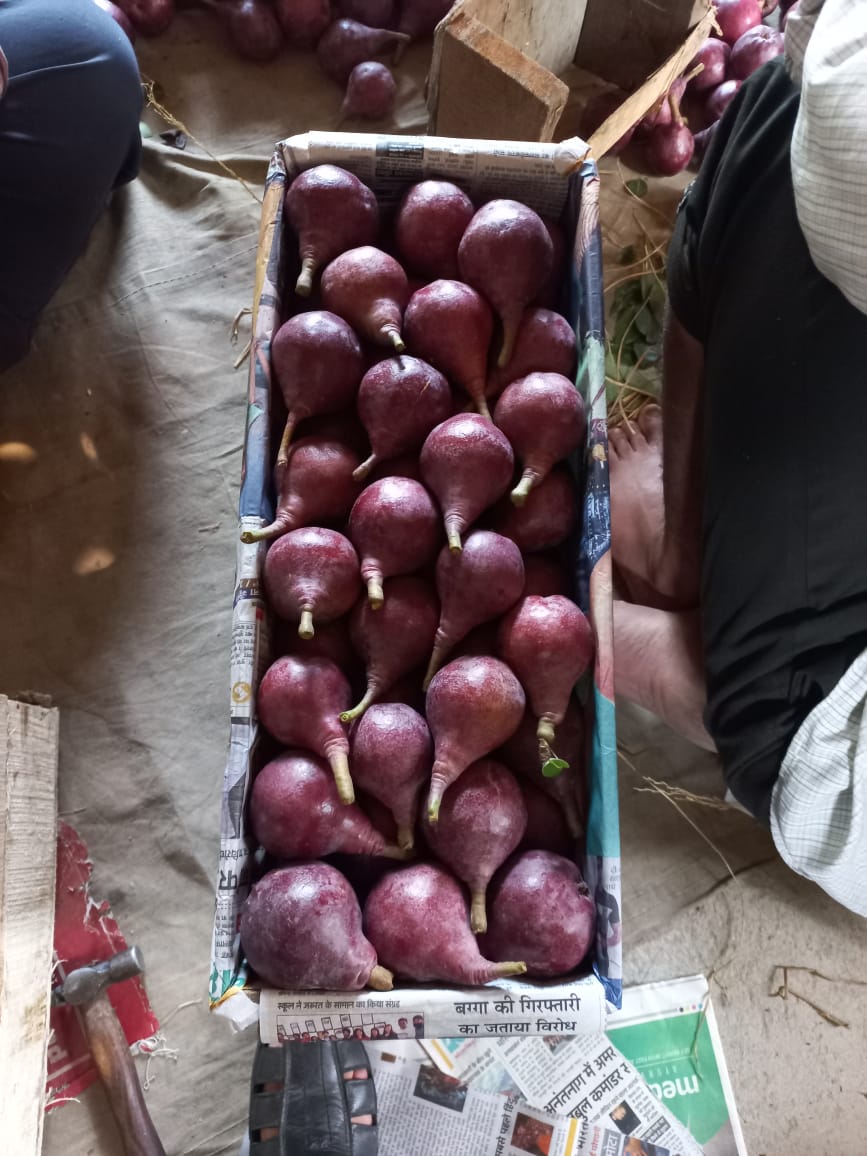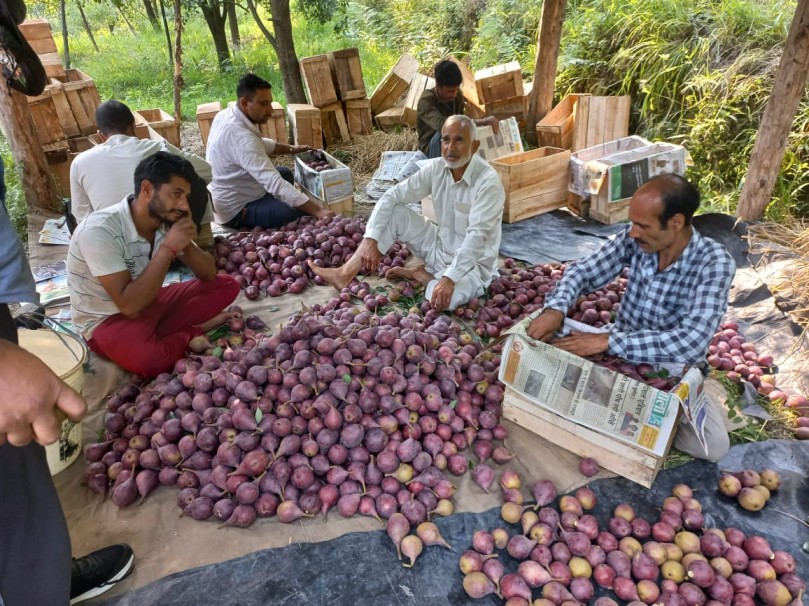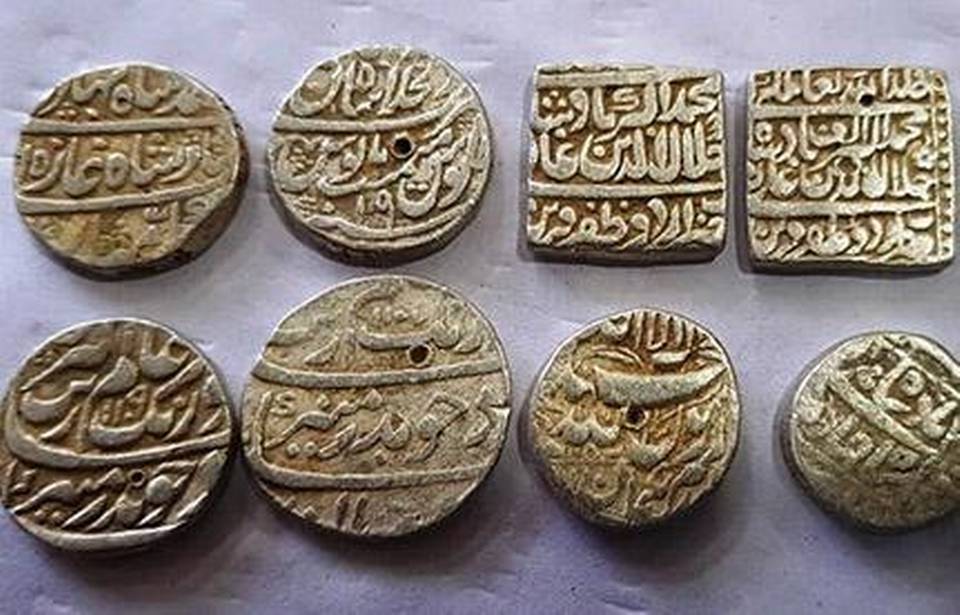‘Srinagar, JAMMU & KASHMIR:

Srinagar :
In Srinagar, where the echo of chisels against wood harmonizes with the whispers of history, Ghulam Nabi Dar, a venerable 72-year-old maestro, has carved his way into the distinguished realm of the Padma Shri.
His unwavering dedication to the delicate dance between chisel and wood spans over six decades, a testament to the enduring love affair with his craft.
Through the rhythmic strokes of his skilled hands, Ghulam Nabi Dar has woven a narrative in wood, earning him a constellation of accolades that now converge in the dazzling brilliance of the Padma Shri.
The announcement of this national honor on the eve of the country’s 75th Republic Day crowns a lifetime of commitment, marking not just a personal triumph but a harmonious resonance with the nation’s celebratory spirit.
On January 27, the air in Dana Mazar Safakadal resonated with the symphony of celebration as the Department of Handicrafts and Handloom Kashmir orchestrated a commendation ceremony at the residence of the venerable Ghulam Nabi Dar.
The purpose was to pay homage to his latest jewel in the crown – the Padma Shri, a resplendent recognition for his unparalleled contributions to the art of wood carving, with a particular mastery in working wonders on walnut.
Ghulam Nabi’s craftsmanship, a beacon of artistic brilliance, has been a steady force in the cultural landscape. The ceremony not only celebrated his recent honor but also showcased his illustrious journey, embellished with previous accolades such as the State Award in 1984 and the National Award in 1995. His artistic footprint extends far beyond the borders, painting a global canvas of appreciation in countries like Iraq, Germany, and Thailand, establishing him as a luminary on the international stage.
The coveted Padma Shri bestowed upon Ghulam Nabi Dar is hailed by many as more than a personal accolade; it’s a potential catalyst for the renaissance of a craft deeply rooted in the history of Kashmir.
A testament to the resilience of traditions that have endured the test of time, Dar reflects on his arduous journey with a spirit undeterred by adversity.
Born into hardship, Dar’s initiation into wood carving came at a tender age, a refuge from financial turmoil. Despite facing initial rejection from craftsmen unwilling to impart their trade, Dar’s perseverance guided him to Nooruddin Tikoo, a mentor who, despite a paralyzed hand, imparted his knowledge through intricate designs on paper.
Recounting his struggles, Dar narrates being expelled from school at the age of 10 due to his father’s financial losses. His journey led him to a wood carving unit in Sarai Safakadal, sparking an enduring passion for the art form. Determined, he faced rejection from numerous craftspeople but pressed on, thankful for the divine intervention that eventually led him to Tikoo.
As Dar’s artistic journey unfolded, he transcended traditional designs, crafting his own unique pieces inspired by nature. Recognition followed, with a state award in 1984 and an opportunity to showcase his skills in Baghdad during the early 1990s. The pinnacle of his craftsmanship arrived with the National Award in 1995-96.
Amidst the applause, Dar’s happiness resonates through his family. Acknowledging the transformative power of awards, he stresses the importance of government encouragement for artisans, fearing the loss of interest without such support.
Expressing gratitude for the Padma Shri, Dar underscores the critical role of government support in preserving traditional arts. He calls for the establishment of a comprehensive institution or workshop to train and incentivize young artisans, safeguarding the future of wood carving.
With his son following in his footsteps, Dar looks to the horizon with hope, emphasizing the imperative of sustained interest and support from both the government and the public for the seamless continuity of his cherished craft.
source: http://www.morningkashmir.com / Morning Kashmir / Home> Kashmir Latest / by Syed Snober / January 28th, 2024













